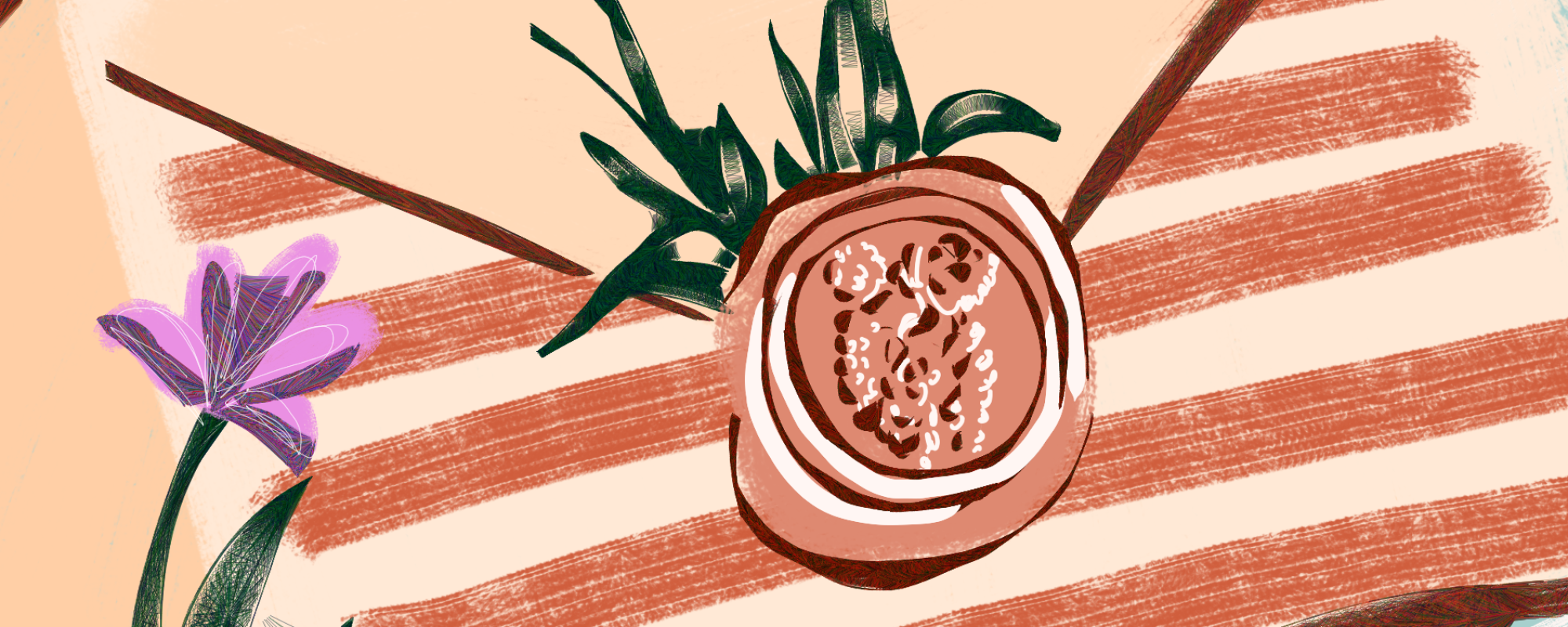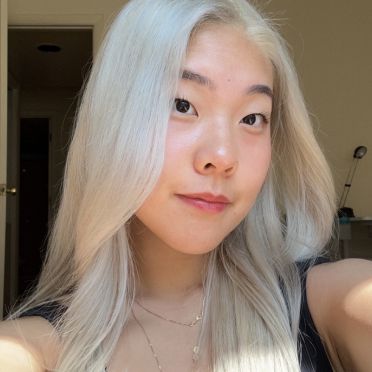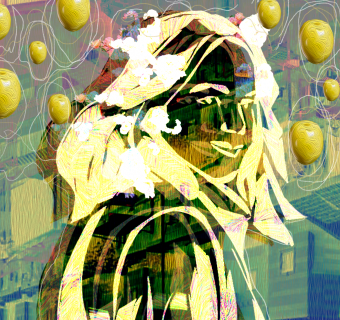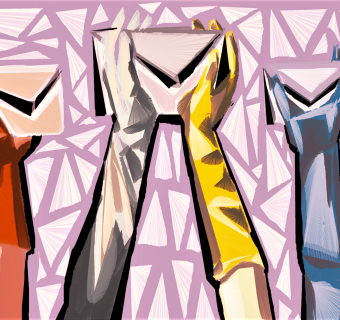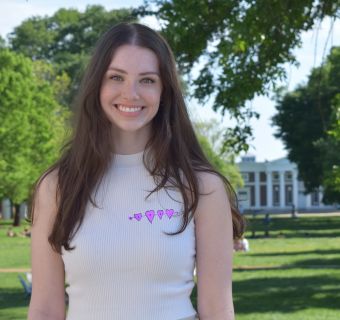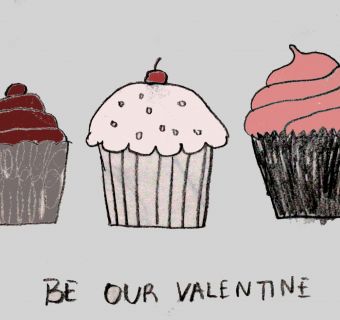Dear Beloved Reader,
I have a confession to make.
It’s a secret that I’ve been quietly harboring since high school graduation.
I was a band kid. To be more exact, I was a die-hard band kid. You could often spot me scurrying through narrow highschool hallways carrying my flute from class to class, or yelling at our football team for poor plays from the stands, dressed to the nines in my spiffy marching band uniform.
Suffice to say, I was in deep. But when I graduated high school, I never looked back (sorry Mr. Martin). Truthfully, I have only picked up my flute once or twice since then. It almost felt as if I had ceased to make music, as if I had lost this theoretical language I’d used to communicate.
This fall, as I returned to Grounds trying to find my rhythm and cadence as a third year, exhausted by the cacophonous dissonances of my life, I desperately grasped for a sense of calm—for silence. I had forgotten how to make music, forgotten that I love to make music, and most blasphemously, I had forgotten one of the most important musical commandments that my band director Mr. Martin had injected into the marrow of my musical bones.
Emphasize dissonance.
Mr. Martin’s commandments suggest that maybe the empty silence I so desperately desire doesn’t actually exist. Even in quiet or loud silence, there is still noise. There is always something to be seen or heard. And it is up to us as the conductors and composers of our own symphonies to put an ear to the ground and follow that noise, to become fluent in this language of music, of joy and pain, of loss and laughter.
In this negotiation and navigation of our own lives and identities, (Mr. Martin reminds us), we are made to be musicians—architects of sound. We are constantly making music with the instruments at our disposal—laughter, tears, identities, memories, and experiences.
Music is a form of storytelling, it allows us to speak in ways that predate or transcend language. In this inaugural issue, our writers-turned-musicians found that music is a conversation, an experimental waltz between prediction and surprise, a constant discovery and rediscovery of what is being played and what has yet to be played.
Our soprano songbird Lindsey Smith opens this issue with an elegiac aria, “a requiem to my hometown,” lamenting a newfound sense of loss for a hometown that she’s flown from. A few of our other writers also return to the past, looking at its influence on the anthems of their present. In her poem “Матрёшка,” Cheyenne Butler’s past selves harmonize with each other in a prideful choir, singing of growing pains and childhood desires. And freelance writer Jibz Brence’s “Why I Sing, A Family History” traces their love of song back to generations of singers in their family.
Caroline Silvera’s piece “6 Songs to Listen to While Having an Identity Crisis” supplies the perfect upbeat playlist for your next existential spiral, as she carries us through an ongoing reconciliation of what it means to be a mixed-race kid. Cassie Dallas also explores disharmonies in her piece “You Are Enough, an Interview with MRSC Members,” uncovering ways members from the Mixed Race Student Coalition (MRSC) have learned to make music through their identity. Freelance writer Priya Kommu’s poem “good enough ii” screams into a vacuum echoing with various identities, only to be met with loud silence.
Our writers show us how to negotiate these daily dissonances: by facing them directly, with creativity and courage. In “Femininity Isn’t Changing. Our language Is,” Eryn Rhodes analyzes the evolution of aesthetic vocabularies used to describe femininity, juxtaposing novelist Elif Bautman’s The Idiot with the social media trend, “Rat Girl Summer.” Jordan Coleman’s “The Waves Within Me” describes the combative clash between her love of dance and her anxiety around performance—and turns that fight into a liberating twirl of willpower. Similarly, Ella Powell finds a freeing power in fashion and style, showing us in “The Many Layers of Me” how three different looks on three different days reveal her many depths and desires.
Underlying the work of all our writers this issue is the harmony of tenderness and love. What is it like to be in sync with your twin sister, yet also separate and distinct at the same time? In her sweet, funny piece about twin telepathy, “acoustics of sisterhood,” Susannah Baker suggests that sound can bridge literal and metaphorical distances between wavelengths. Our issue ends with the lilting diminuendo of Bailey Middleton’s “A Love Letter to My Friends,” a meditation on the alignment of wavelengths and fated friendship.
I want to thank these incredible writers who I am so lucky to work with and whose writing I am even luckier to read. Thank you for entrusting me with your stories. Thank you also to our astounding artists—Autumn Jefferson, Daphenie Joseph, and Judy Zhao—for their hypnotic artwork. Thank you even more to Iris Publisher Miriella Jiffar and Program Coordinator Mary Esselman—my absolute dream team—for tirelessly breathing life into this publication and inspiring me to continue working hard each and every week.
But most of all, thank you, reader, for your dedicated readership and for always being in tune with our literary endeavors. I hope you continue to wade through this dissonant ocean of noise with us, and that together, we will compose revolutionary literary symphonies.
With all my love,
Jasmine Wang

